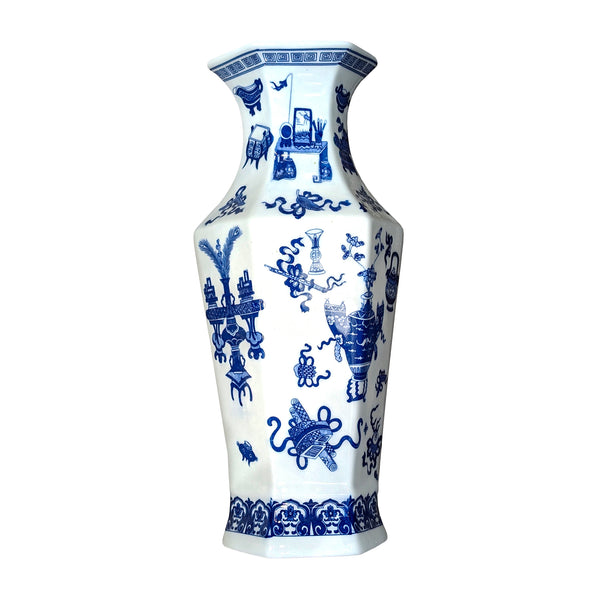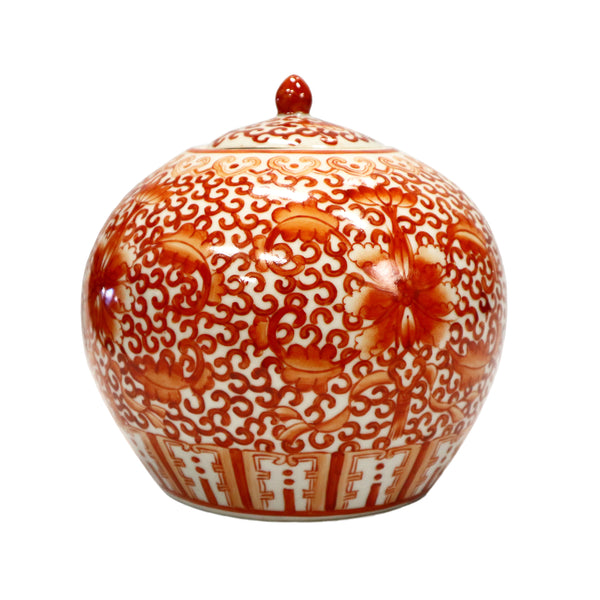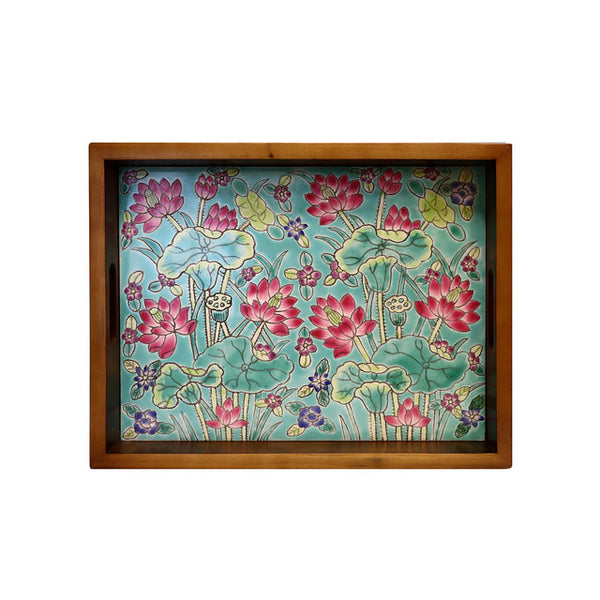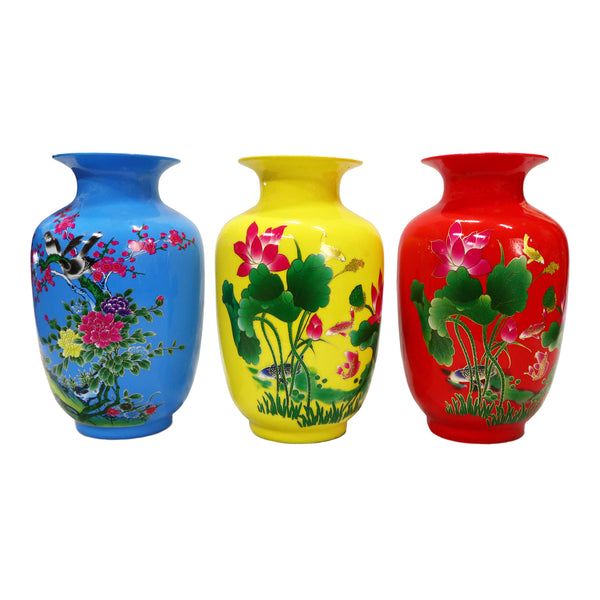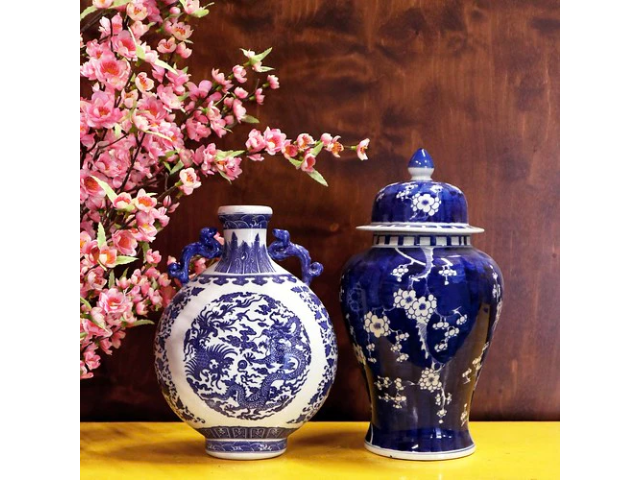
Jingdezhen: A Brief Look at an Ancient Porcelain City
We have a new ceramics collection and we're pretty excited about it. Not only are the pieces beautiful, they come from a special place: Jingdezhen, China, known as the "Porcelain Capital." Jingdezhen is so special, we think it warrants a closer look. Here are seven fun facts about this ceramic-producing city.
Jingdezhen has been producing pottery for over 1,700 years
Since about the 6th century BCE, this city in the northeastern province of Jiangxi has been making pottery, ceramics, and porcelain.
Its porcelain status is all thanks to a river
Jingdezhen was previously known as Changnan, which means "south of the Chang" in Mandarin Chinese. The Chang River, says Wild China, was responsible for bringing down clay, firewood, and other raw materials from mountains nearby, and also facilitated the export of products from China to Europe and other parts of the world.
It made porcelain fit for emperors
By the mid-15th century, all imperial porcelain came from Jingdezhen. According to Wild China, a single order in 1433 "from the palace requested 443,500 pieces of porcelain, all illustrated with the dragon and phoenix motifs of the imperial family."
The city also made not-so-imperial porcelain
Also in the 1400s, Chinese porcelain was becoming a big thing in Europe and North America. However, the exports were of lower quality, even if certain ingredients — like the highly coveted color, cobalt blue — were pricey. Lesser materials were used and more mediocre craftsmen were employed.
You might make a mint off imperial Jingdezhen pieces
While the many exports from Jingdezhen may not be worth much, imperial pieces are another story. For example this seemingly humble lotus bowl yielded over $700,000 for its buyer (who paid a mere $35 at a yard sale). The bowl "was originally commissioned by China's imperial court during the Ming dynasty," says CNN, specifically "from the court of the Yongle Emperor, who ruled from 1403 to 1424."
After a 200-year lull, Jingdezhen is seeing a resurgence
After the fall of the Ming dynasty in 1644 and the rise of industrialization and mass production in Europe, porcelain production in Jingdezhen slowed drastically. However, in recent years, it's increased what with the growing interest from young artisans and craftspeople.
Jingdezhen was designated by UNESCO as a Creative City of Craft and Folk Arts
In 2014, UNESCO (or the United Nations Educational, Scientific and Cultural Organization) designated Jingdezhen as a Creative City of Craft and Folk Arts. These cities have "identified creativity as a strategic factor for sustainable urban development," and place "creativity and cultural industries at the heart of their development plans at the local level and cooperating actively at the international level."
Want to learn more? Read our blog posts on the Yongle Emperor's prized porcelains and classic ling long, produced by one factory in Jingdezhen. You can also check out our spring ceramics collection.
